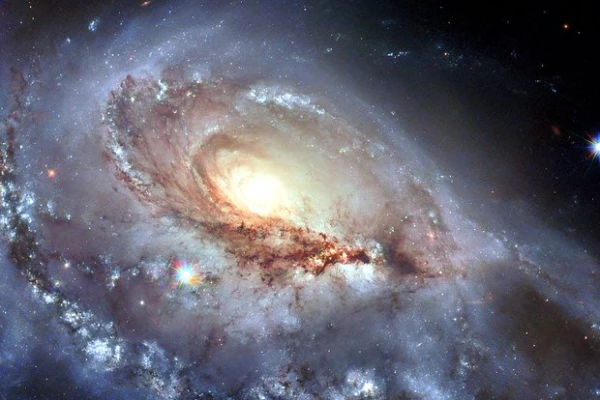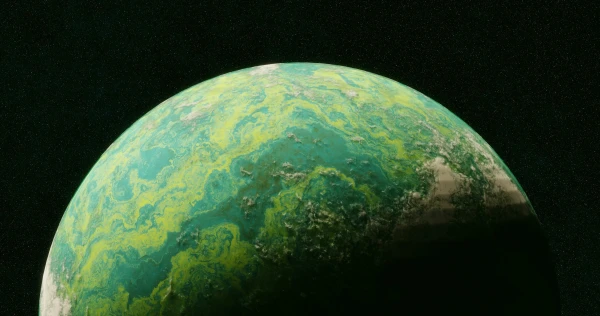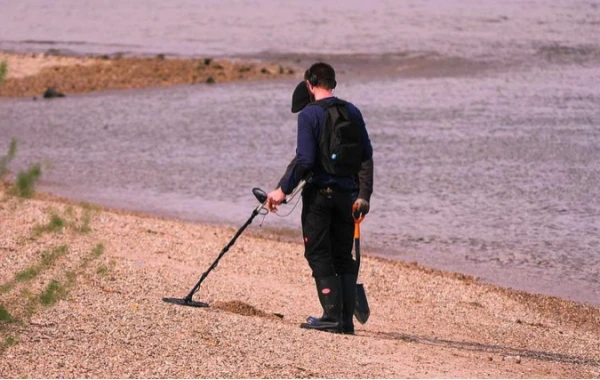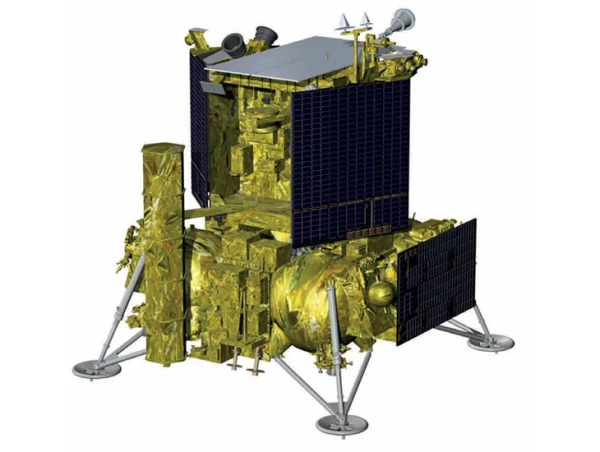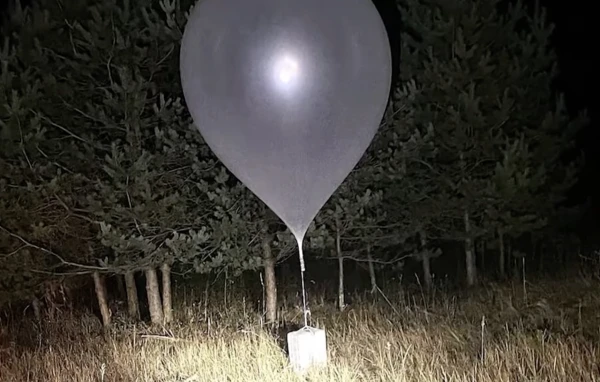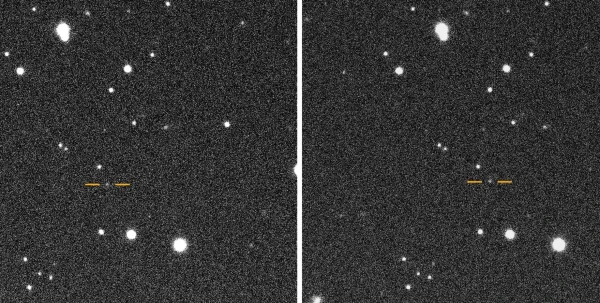
Asteroid 2025 SC79 has a slightly lower orbital speed around the Sun than the fastest space rock known to astronomers. At the same time, 2025 SC79 is only the second asteroid to have an orbit within the orbit of Venus. Such 'invisible' asteroids can be very dangerous for Earth, writes Focus.
Astronomers have already discovered most of the most dangerous asteroids in the Solar System, but there are some that are very difficult to detect. Asteroids that orbit the Sun much closer than Earth can get lost in the bright glare of our star. Scientists from the Carnegie Institution in the U.S. have discovered one such 'invisible' asteroid. It has been named 2025 SC79 and poses a potential threat to our planet. According to scientists, 2025 SC79 is the second fastest asteroid in the Solar System and the second to have an orbit within the orbit of Venus, writes IFLScience.
The recently discovered asteroid 2025 SC79, with a diameter of 700 meters, completes a full orbit around the Sun in just 128 days and even crosses the orbit of Mercury. This is the second fastest asteroid by orbital speed among known ones. The fastest asteroid in the Solar System is 2021 PH27, which was discovered in 2021. It completes a full orbit around the Sun in 113 days.
According to scientists, while many asteroids are located in one of the two asteroid belts around the Sun, some of them move much closer to our star. Understanding how they ended up there could help protect Earth and provide more insight into the history of the Solar System.
2025 SC79, along with 2021 PH27, is considered a 'twilight' asteroid. The fact is that they can only be seen from Earth during twilight after sunset or before sunrise. Such asteroids pose a potential threat to our planet. If these 'twilight' asteroids come close to Earth, they could collide with it, scientists say. But such dangerous asteroids are very difficult to detect, as they are hidden by the bright light of the Sun.
For several months, astronomers will not be able to observe asteroid 2025 SC79, as from our point of view it will be behind the Sun. In a few months, astronomers will conduct additional observations to try to understand the composition of this asteroid and how it can withstand high temperatures near the Sun. Scientists will also attempt to determine where this asteroid came from.


